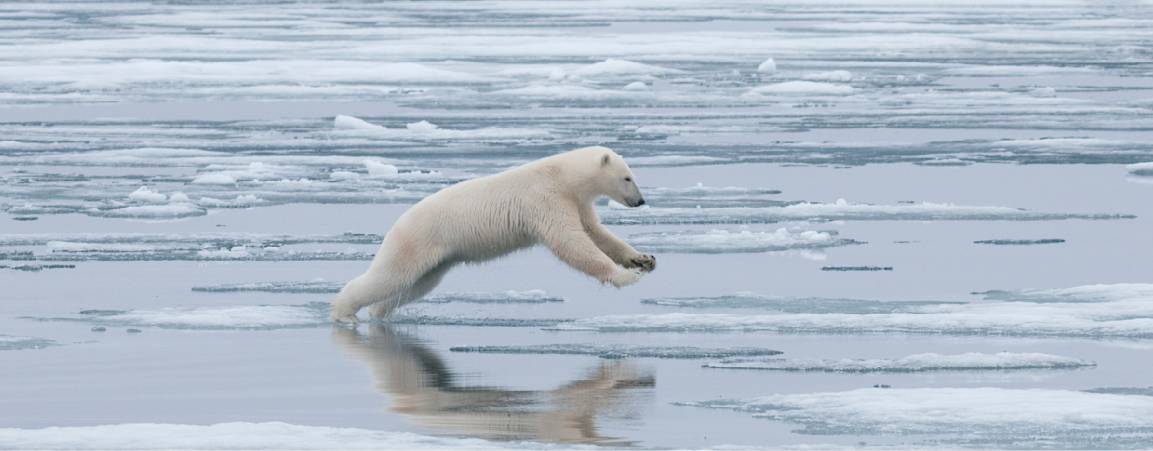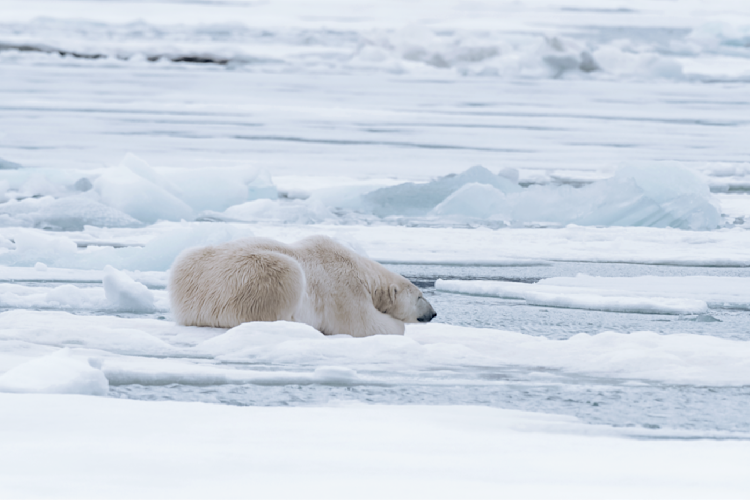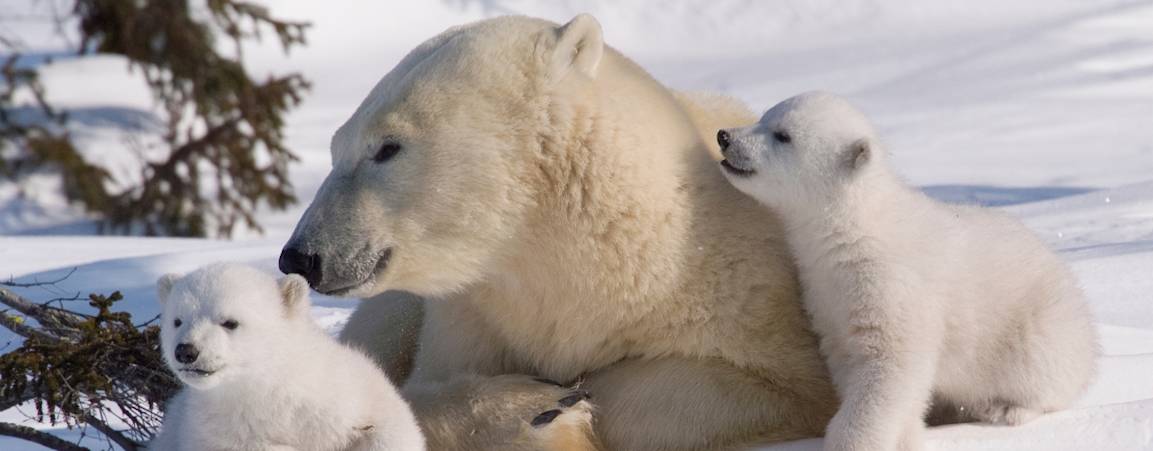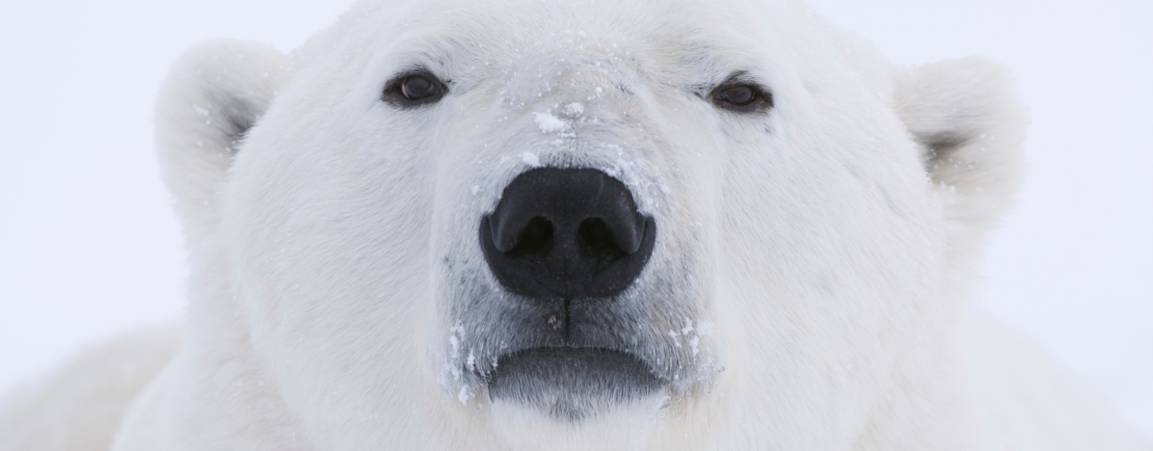See the world through their eyes.
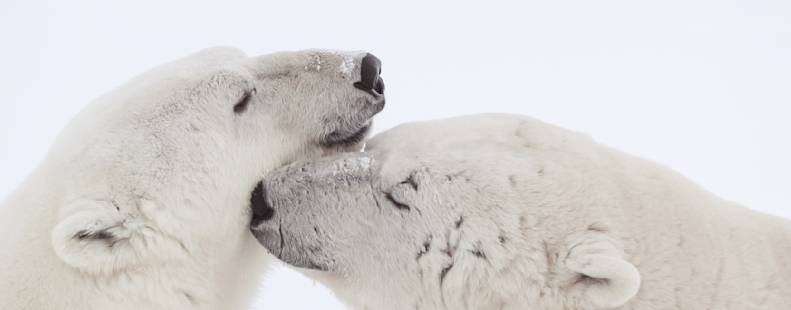
Photo: Daniel J. Cox
From cub to parent, the polar bear lives an extraordinary life that’s uniquely adapted to the frigid Arctic sea ice.
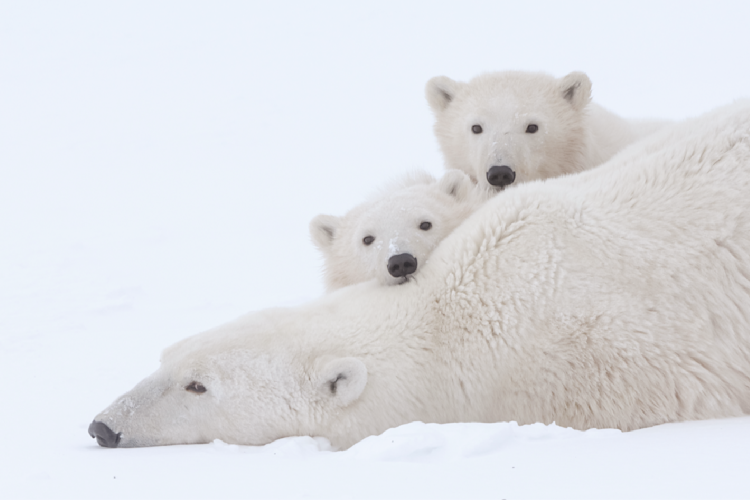
Photo: Daniel J. Cox
Meet Polar Bear Cubs
Totally dependent on their moms, newborns are 30-35 centimeters long (12 to 14 in) and weigh little more than half a kilogram (1 lb). They’re blind, toothless, and covered with short, soft fur.
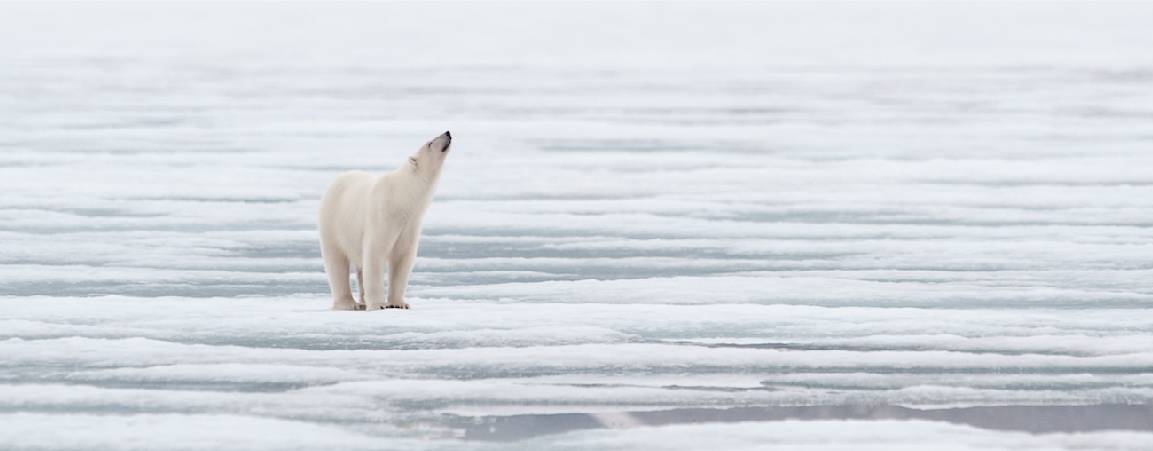
Growing Up in the Wild
Cubs generally stay with their mother for up to 2 1/2 years, learning how to hunt, feed, swim, and survive.
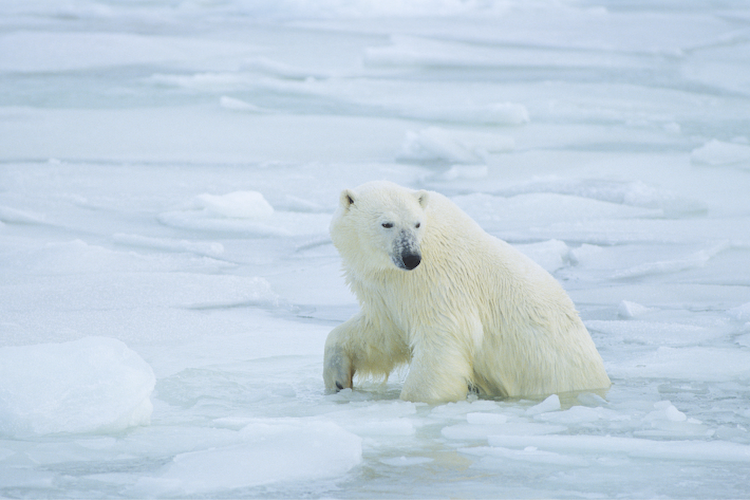
Wandering the Frozen Ocean
Sea ice is as important to the Arctic ecosystem as soil is to a forest. Polar bears rely on sea ice to hunt, mate, travel, and sometimes den.

Fat Is Where It’s At
Calorie-rich ringed and bearded seals are the polar bear’s main prey, which they catch from the surface of the sea ice.


Are Polar Bears at Risk?
The main threat polar bears face is sea ice loss from climate warming. The bears are listed under a variety of classifications, depending on international, national, and regional regulations. Internationally, they are listed as a vulnerable species by the IUCN. However, in Canada, the U.S. and Russia, they have more specific classifications.
What Are Threats to Polar Bears?

Living with Polar Bears
Polar bears play an important role in Indigenous Arctic cultures, and have done so for thousands of years. Today, many communities and Indigenous peoples co-exist with polar bears across the North, both on the Land and on the sea ice.
Follow the Polar Bear Journey
Photo: Daniel J. Cox
